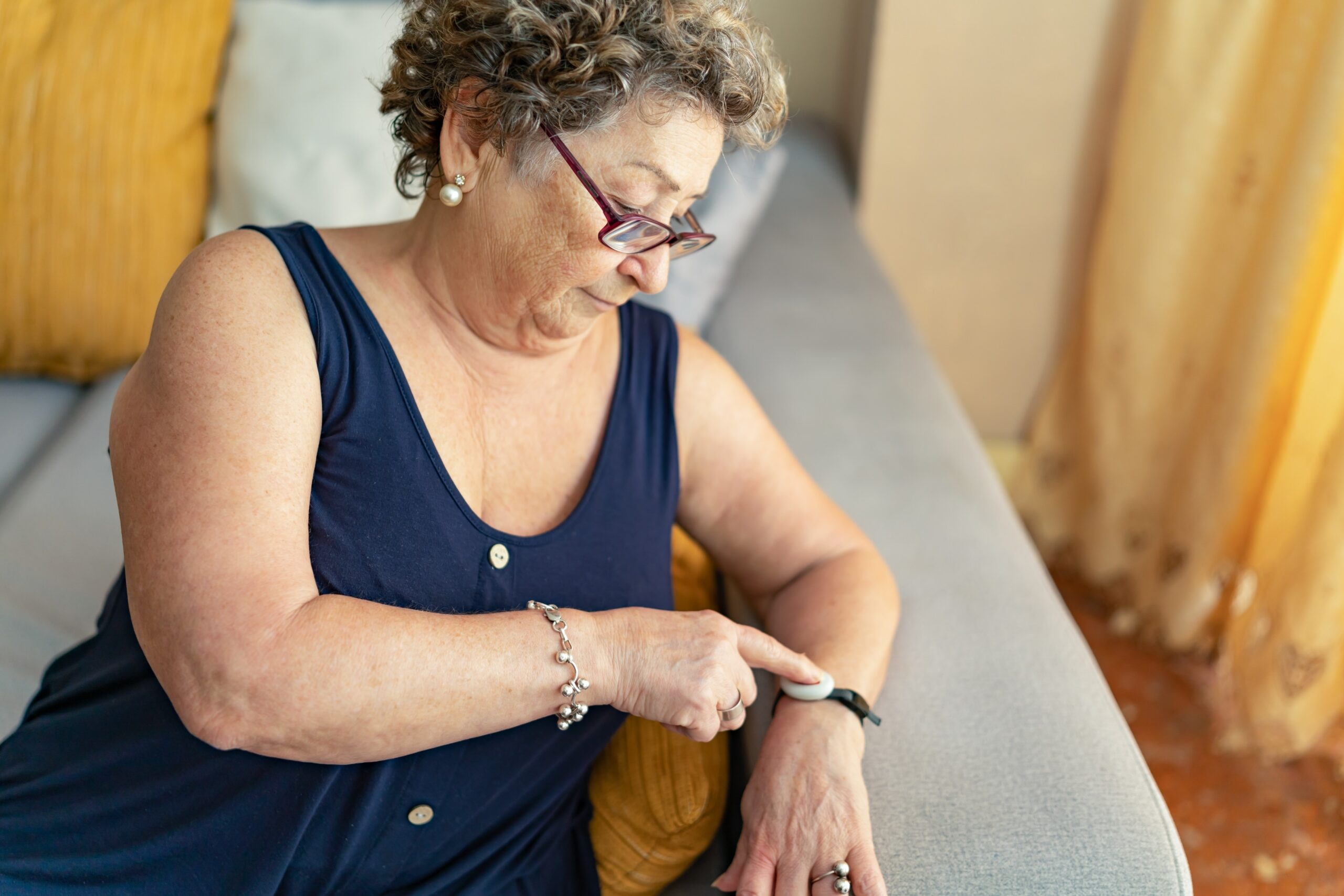As many industries embrace the changes the Public Switched Telephone Network (PSTN) switch off will bring, there are others that have cause for concern. In February 2024, it was reported that Ofcom is investigating Virgin Media over its compliance with rules to protect vulnerable customers during the digital switchover. Vital care devices such as telecare systems will be impacted by the switch off — so how can care companies ensure a smooth transition for their customers? Here, Kristian Torode, Director and Co-Founder of PSTN switch off specialist, Crystaline, investigates.
Around 1.8 million UK residents use telecare devices, which enable vulnerable people to live independently by providing assistance in the case of accidents. These wearable devices alert family, carers or emergency services when pressed and can also connect to other safety equipment such as fall detectors, smoke alarms and door sensors.
However, the PSTN switch off in December 2025 means that the copper wires that have historically ran the phonelines these systems are connected to will be turned off, threatening their functionality.
In recent months, a number of stories of serious incidents that occurred when telecare devices no longer worked after users were switched from analogue to digital phonelines have hit the headlines. Consequently, Technology Secretary Michele Donelan met with telecoms providers to determine how best to safeguard vulnerable users during the switchover, which resulted in a commitment not to migrate customers if the functionality of a telecare system is at risk.
However, this poses challenges for vulnerable telecare users, telecoms operators and care providers alike.
Digital divide
Telecare systems are most beneficial to people who have communication, mobility or visual impairments, meaning many users are elderly or disabled.
While vulnerable users are likely to be more heavily impacted by changes to their phone service, it is difficult for them to access information relating to the switchover and how it affects them. According Good Things Foundation data, non-internet users are twice as likely to have a disability or health condition than extensive users, and six times more likely to be over 65 years of age. As a result, many of those who rely on telecare lack the digital skills to find online information relating to switchover dates and to set up routers for digital phoneline services.
Although telecoms providers have put protections in place for those with disabilities and additional needs, many customers are unaware that they should give these details to providers, meaning existing lists are likely inaccurate.
Tackling telecare issues
So, what can telecare providers do to safeguard elderly and disabled residents? Firstly, telecare companies and local authorities offering these services should share data on who has a device with telecoms providers, allowing them to support vulnerable customers during the switch off.
The next step is to ensure that the right technology is in place before the switch off date. On the care provider’s end, upgrading to a PSTN alternative such as Voice over Internet Protocol (VoIP) now will make sure that there is time to perform checks on existing telecare devices before December 2025. As a result, non-compatible analogue systems can be replaced in advance of the switch off.
Finally, care companies and local authorities must make sure that customers are aware of how the PSTN being turned off will affect their telecare systems. This allows clients to test their personal alarm after their phoneline has been upgraded to ensure it is still fully functional.
As the PSTN switch off draws closer, elderly and disabled telecare customers stand to be one of the groups most heavily impacted but least informed about the effects of the digital switchover. Getting the systems in place in advance and performing thorough testing means telecare companies can guarantee a smooth switchover that safeguards vulnerable people.










